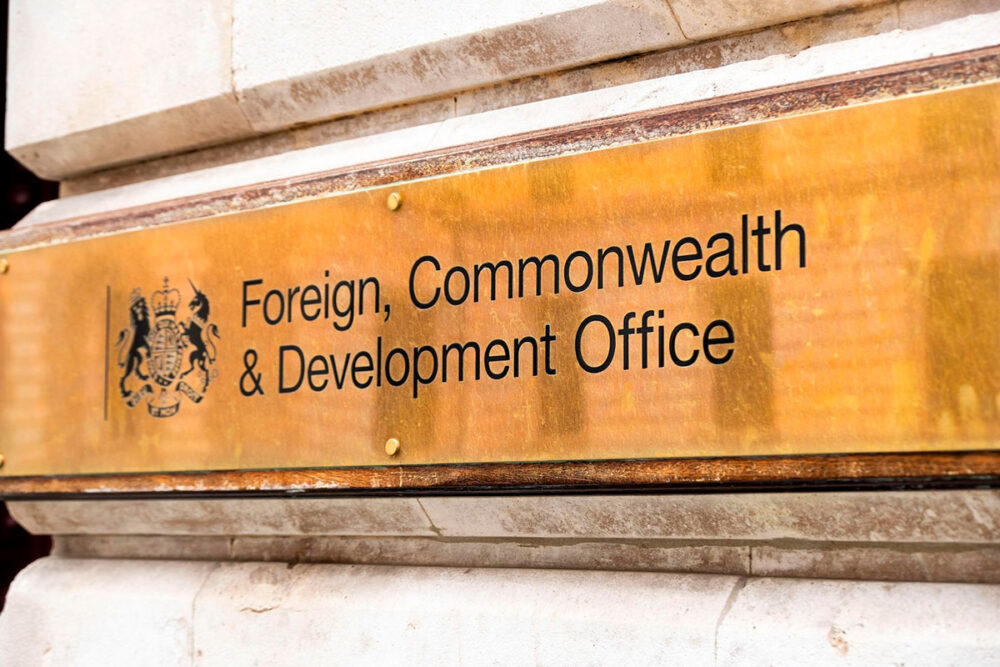Background to the report
The nature of modern warfare is changing, with access to and exploitation of information becoming vital to securing military advantage. The government’s Integrated Review placed greater priority on identifying and deploying new technologies faster than potential adversaries to enable operations across all arenas of warfare and collaborate better with partners. Cyberspace is itself also becoming an increasingly important arena of warfare, with external threats increasing and constantly evolving as access to offensive cyber capabilities becomes easier.
Jump to downloadsTo address these challenges, the Ministry of Defence (MoD) has developed the Digital Strategy for Defence (the strategy), which describes how it intends to transform its use of technology and data. The MoD aims to achieve three strategic outcomes by 2025, which are:
- a digital ‘backbone’ – this is how the MoD describes the technology, people, and organisational processes that will allow it to share data seamlessly and securely with decision-makers across all the military and civilian domains.
- a digital ‘foundry’ – a software and data analytics development centre. This will use the capability and access to data provided by the ‘backbone’ to rapidly develop digital solutions in response to emerging needs; and
- an empowered digital function – a skilled and agile community of digital specialists who will help deliver digital transformation and closer integration across defence.
Scope of the report
Our report focuses on the May 2021 Digital Strategy for Defence and the MoD’s implementation of it. We, therefore, considered performance information between its publication and our cut-off point for reporting of 30 June 2022 (except where otherwise stated). We have not performed a detailed review of the MoD’s performance on previous digital strategies or programmes, except to the extent it continues to deliver them as part of the current strategy.
Our scope includes the whole MoD because, although Defence Digital is responsible for leading implementation, the strategy is intended for all of defence. We do not draw a distinction in our scope between core IT infrastructure and deployed military technologies, as modern warfare requires the seamless movement of data and applications between these spaces. The MoD’s ambition is to create the infrastructure and organisational capability to do this.
Report conclusions
The nature of modern conflict is rapidly digitising, affecting the MoD’s business and how the Armed Forces operate in the battlefield. The MoD has put in place a digital strategy to respond to this challenge, which is consistent with good practice, has provided clear direction across the MoD and has support from the most senior defence officials. The MoD has made good progress with bringing together and aligning digital practitioners across defence. However, its performance in delivering major digital technology programmes needs to improve and is a risk to achieving this alignment.
The MoD does not have a complete picture of its progress against the strategy and so cannot readily demonstrate whether it is on track to deliver it or not. To meet the needs of the modern battlefield, and enhance its business efficiency, the MoD must transform a large and complex organisation with an extensive legacy estate, using scarce specialist skills. Given the scale of the challenge and the persistent barriers to change, achieving the strategy’s objectives by 2025 is ambitious. As future delivery challenges emerge, it will be important for the MoD to prioritise its funding and specialist skills to where it needs them most urgently. The MoD will be able to do this more effectively if it can articulate better how it will achieve the strategy’s vision in practice and how it will measure success along the way, not least in supporting its wider departmental objectives. This will allow it to achieve greater value for money with its £4.4 billion of annual digital expenditure.
Downloads
- Report - The Digital Strategy for Defence: A review of early implementation (.pdf — 381 KB)
- Summary - The Digital Strategy for Defence: A review of early implementation (.pdf — 136 KB)
- ePub - The Digital Strategy for Defence: A review of early implementation (.epub — 1 MB)
Publication details
- ISBN: 978-1-78604-449-5 [Buy a hard copy of this report]
- HC: 797 2022-23
Press release
View press release (19 Oct 2022)


